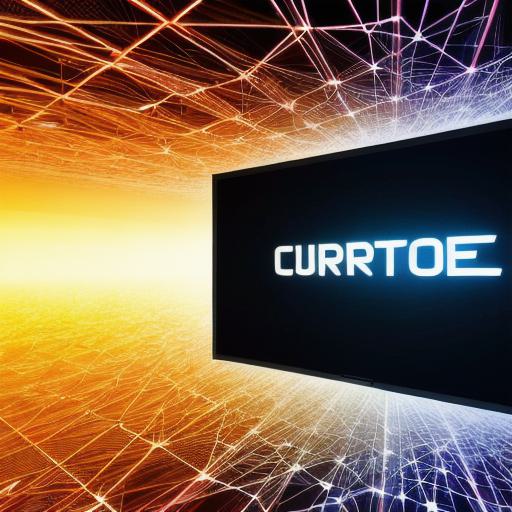As we move into a new era of decentralized technology, it’s clear that social networking will never be the same again. Web3 platforms are set to revolutionize the way we connect and engage with each other online, offering unprecedented levels of privacy, security, and control over our data. In this guide, we’ll take a closer look at some of the key benefits of Web3 social networks, as well as explore some real-world examples of how these platforms are being used to enhance user experience and drive innovation in the space.
What is Web3?
Web3 refers to the third generation of the World Wide Web, which is built on decentralized technology. Unlike traditional centralized social networks like Facebook and Twitter, Web3 platforms are powered by blockchain technology, which allows for secure, transparent, and trustless transactions without the need for intermediaries. This enables users to have complete control over their data, as well as providing a more secure and private online experience.
Benefits of Web3 Social Networks
One of the key benefits of Web3 social networks is that they offer greater privacy and security for users. With centralized platforms, user data is collected and stored by the platform itself, which means that it can be accessed or manipulated by third parties at any time. With Web3 platforms, on the other hand, user data is stored on a decentralized network of computers, which makes it much more difficult for hackers to access or steal.
Another benefit of Web3 social networks is that they offer greater control over user data. With traditional centralized platforms, users have little control over their data, and are often required to agree to terms and conditions that give the platform the right to use their data in a variety of ways. With Web3 platforms, on the other hand, users have complete control over their data, and can choose how it is used and shared.
Web3 social networks also offer greater transparency and trustlessness. With centralized platforms, transactions are processed through intermediaries like banks or payment processors, which means that there is always a risk of fraud or abuse of power. With Web3 platforms, on the other hand, transactions are processed directly between users, without the need for intermediaries, which makes them much more transparent and trustless.
Real-World Examples
There are already several successful Web3 social networks in operation today, each with its own unique focus and use case. One popular example is Decentraland, a virtual world that allows users to create and interact with avatars, as well as buy and sell virtual goods and services. Another example is Mastodon, a decentralized Twitter alternative that aims to promote free speech and privacy for its users.
Summary
Web3 social networks are set to revolutionize the way we connect and engage with each other online. With their focus on privacy, security, and control over user data, these platforms offer a much more transparent and trustless online experience than traditional centralized platforms. As the Web3 space continues to grow and evolve, it’s clear that social networking will never be the same again. So if you’re a developer looking to build the next big thing in the Web3 space, there’s no time like the present to get started.
FAQs
Q: What is Web3?

A: Web3 refers to the third generation of the World Wide Web, which is built on decentralized technology.
Q: What are some benefits of Web3 social networks?
A: Web3 social networks offer greater privacy and security for users, greater control over user data, and greater transparency and trustlessness.
